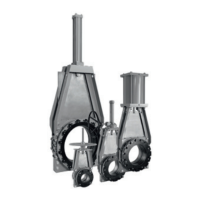
Do you have a question about the Emerson KGA and is the answer not in the manual?
| Brand | Emerson |
|---|---|
| Model | KGA |
| Category | Control Unit |
| Language | English |
KGA+ installed with gate in fully open position with sleeves inserted.
Retainer flanges function as gaskets for pipeline installation.
Details on flange standards and maximum bolt tightening torques.
Gates redesigned for KGA+ sizes NPS 3-16; peripheral parts also impacted.
Stem assembly and secondary seals are not interchangeable between KGA and KGA+.
Steps for disassembling the valve to replace the secondary seal.
Remove the secondary seal using a screwdriver and prying action.
Detailed steps for reassembling the valve after secondary seal replacement.
Steps for reassembling the valve after gate replacement.
Piping designer's role and valve operation within design parameters.
Examine valve, sleeves, retainer flanges, and operators for damage or wear.
Ensure valve gate is in the open position for proper installation.
Critical steps for flange alignment, pipe supports, and companion flange types.
Valve suitable for vertical or horizontal lines; consider solids buildup.
Details on flange standards and maximum bolt tightening torques.
Valves are strictly for on-off service, not throttling applications.
Actuator moves gate between sleeves for flow control and isolation.
Operate valves strictly within specified design pressure and temperature ranges.
Actuated valves have a maximum stroke speed; exceeding it can shorten sleeve life.
KGA valves are position seated only; never torque seat the valve.
Optional lockout brackets resist normal operating thrust for safety.
Actuated valves require a ZERO ENERGY STATE for complete lockout compliance.
Caution for spring-loaded cylinders due to stored mechanical energy; handle with care.
Inspect products at least every 60 days for wear and corrosion.
Lubricate valve stems and nut assemblies using provided grease fittings.
Stroke valve through full open/closed positions to ensure proper function.
Lubricate KGA valves via fittings into the chest area for gate and sleeve lubrication.
Lubricate KGA valves every 100 strokes (NPS 3-10) or 50 strokes (NPS 12-60).
Use of recommended lubricants is critical; improper use voids warranty.
Understanding impact of KGA+ changes on spare parts and interchangeability with KGA.
Exterior clues like wiper retainer identify KGA from KGA+.
AC/HC actuators interchangeable; clevis assembly and BG stem revised for KGA+.
Guidelines for storing spare sleeves to maintain shelf life and condition.
Store sleeves at ambient temp, 60-90% RH, away from direct sun and motors.
Emerson recommends genuine Clarkson parts; non-OEM parts may void warranty.
Store valves in open position, protected from sunlight, heat, ozone, and weather.
Caution for spring-to-extend actuators; remove sleeves for storage.
Preferred actuator orientation for storage to optimize protection.
Verify quantity of sleeves, retainer flanges, bolts, and nuts required.
Inspect sealing surfaces of sleeves and retainer flanges for damage or wear.
Step-by-step instructions for disassembling the valve for sleeve replacement.
Ensure line is not pressurized before removing valve; parts may be heavy.
Detailed steps for installing new sleeves and retainer flanges.
Steps for disassembling the valve to replace the wiper assembly.
Steps for reassembling the valve after wiper replacement.
Step-by-step instructions for disassembling the valve.
Steps for disassembling the valve to replace the gate.
Valve assemblies are heavy; use proper lifting techniques. Do not lift with adjoining pipe or media.
Lift all valves using the frame (yoke) assembly as the lift point; do not use lockout brackets.





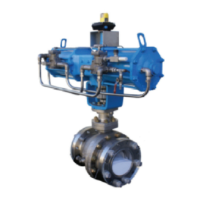

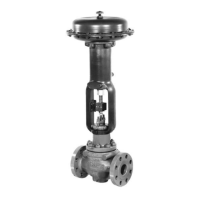
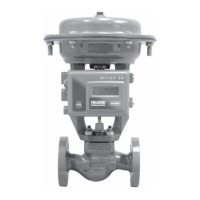
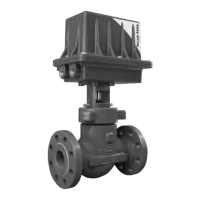
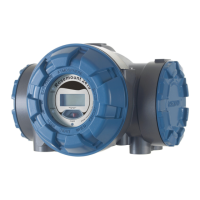

